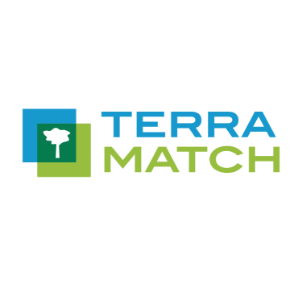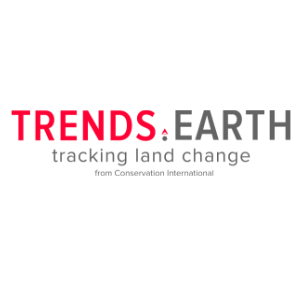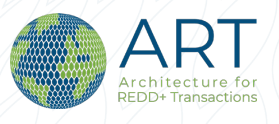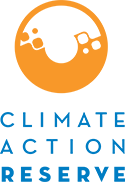

TerraMatch
Site report of restoration progress relative to indicators and targets.
TerraMatch is a full-service monitoring platform designed to catalyze locally led restoration projects through a trusted vetting, technical assistance, monitoring, and funding system. Restoration implementers who submit their projects on TerraMatch through an open request-for-proposals gain access to financing opportunities, a standard reporting and monitoring system to prove their impact, and technical assistance opportunities to grow their businesses. Investors gain access to a high-quality pipeline of enterprises and the ability to monitor those enterprises’ progress and impact. Currently, access to TerraMatch is by application only through a periodic request-for-proposals process. To express interest in TerraMatch and to learn more about future requests-for-proposals, email terramatch@wri.org.

TreeMapper
Dataset of tree location, species, survival, and growth information that you can either export as a GeoJSON or upload to the Plant-for-the-Planet website and interactive map.
TreeMapper is a mobile app (available for iPhone and Android) that helps restoration implementers collect data on their tree planting activities. Users register trees by taking geotagged photos and entering information on their species and height. Data can be collected offline and uploaded to the project’s tree inventory once the phone is connected to the internet. Once uploaded, the locations and information of the trees are added to the project’s online map, which can be shared with donors and stakeholders. Data can also be exported for internal use.

Trends.Earth

Veritree
Tree tokens and data in an interactive platform used by planting organizations and donors.
Veritree is an integrated management platform that supports tree planting organizations with ground-level data collection, site planning, tree inventories, impact monitoring, and engagement with carbon markets. Planting partners use instruments provided by veritree to monitor the trees they plant. This information is independently verified. Verified trees are cataloged in the veritree online system and are allocated to upstream business customers that pay for tree-planting efforts.



